Learn the Basics of Great Photojournalism From a Pro
A photojournalist can witness the best and the worst of humanity. Acclaimed photographer Alison Wright, shares what it takes to become a photojournalist and how to get started.
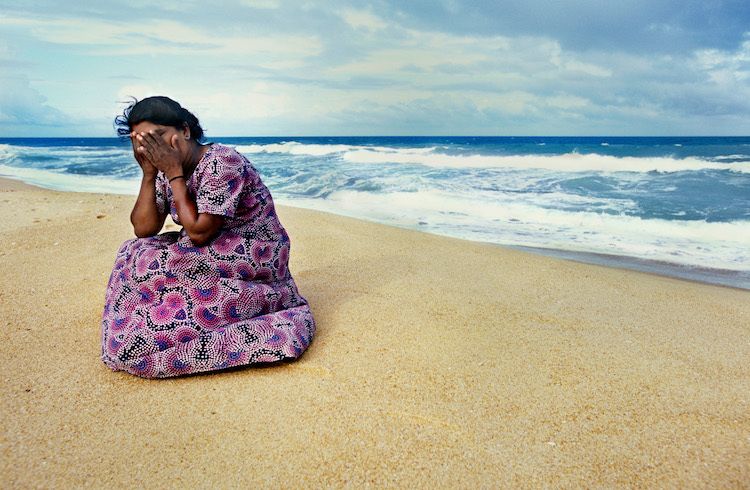 Photo © Alison Wright (post-tsunami, Batticola, Sri Lanka. A woman after losing her children to the sea).
Photo © Alison Wright (post-tsunami, Batticola, Sri Lanka. A woman after losing her children to the sea).
I was working on my high school newspaper and yearbook when my English teacher pulled me aside and told me that I could actually make a living at doing this. Travel the world and take photos? I was 15 years old when I first heard the word photojournalist, and from that moment on I knew that’s what I wanted to do.
- Photojournalism vs travel photography
- What does it take to be a photojournalist?
- Staying safe
- Advice for aspiring photojournalists
Photojournalism vs travel photography
Photojournalism is the process of storytelling through the use of images and covers a variety of storytelling. It is often associated with hard news, quite often in conflict areas or difficult situations. Photojournalists are encouraged to not 'editorialize' when editing of a story and never manipulate photographs.
Travel photography tends to show the splendor of a place; it encourages the viewer to want to go there. Sometimes I’ve had to portray both the attractiveness of a travel destination as well as its shadow side; for example, showing the exquisiteness of Angkor Wat, and then doing a story on children affected by landmines.
I am often called a photojournalist because I do those kinds of stories but I also consider myself a documentary photographer as I often return to the same place, where I’ll spend weeks, months, or even years immersing myself into a story, culture or situation rather than jumping in and out of it as news photographers tend to do. I turn these meatier long-term projects into books, articles, gallery shows, and public photo presentations.
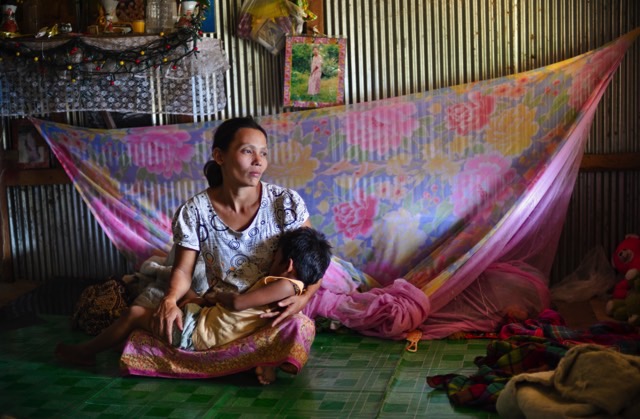
Travel photography is a wonderful way to make a living. I have photographed all over the world, in about 150 countries, for major magazines and websites, and thought I'd retire on stock photography sales. But the advent and ubiquitousness of the smartphone and widespread use of DSLR cameras have encouraged most travelers to feel they are photographers. Anyone can give their photos away, but the key to being a professional is to get paid for your work.
What does it take to be a photojournalist?
As glamorous as being a photojournalist may sound, it’s a lot of hard work and it's not for everybody. It’s a lifestyle choice. I’ve stayed in $ 10,000-a-night resorts and I’ve slept on the ground in refugee camps. I have lived overseas for years and when traveling I am on the road for at least three quarters of the year. I am often hired not just for my photography skills but because I’m good at navigating my way around the planet; I’m up on my immunizations, visas, and passport is always up to date. My bag and equipment are always packed and ready to go. I’ve been asked to be at a specific place in the Congo on a certain date and I don’t tell my client I don’t know how; I need to figure it out. I also take good notes and provide full captions to my photos – clients love that.
I love what I do. I witness the absolute worst and the absolute best of humanity. My job is to find compassion in a world of chaos, to give people a voice. How do you make people care when you hear that 300,000 people have been killed in an earthquake in Haiti, or there are more than a million Rohingya refugees in Bangladesh, all with similar tragic stories? I try to focus on individuals, to tell their stories, which gives them a chance to be heard.
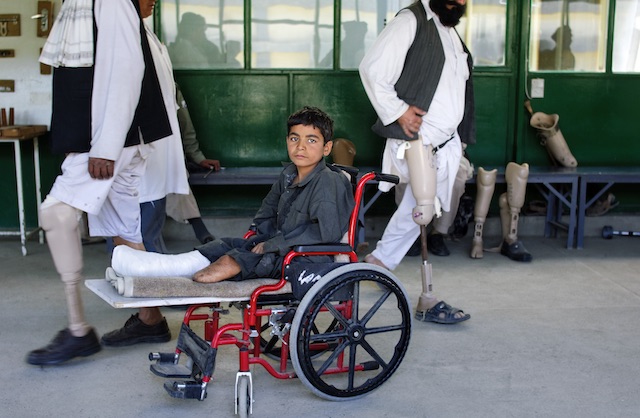
Staying safe
You have to learn to anticipate strangers and situations. Over the years, I have developed a strong inner intuition. I rely on a good translator or fixer to help me navigate potentially tricky situations, especially in countries where I don’t speak the language.
I am the poster child for travel, medevac and camera insurance and I have been nicknamed the master of disaster. I’ve been in a near-death bus accident in Laos, run over by a horse in Mongolia, gotten a worm in my head and Thailand, and suffered from dengue fever, malaria, hepatitis, giardia
Advice for aspiring photojournalists
Too many inexperienced young people start out thinking they need to make a name for themselves as photojournalists by flinging themselves into a war zone. Please don’t do this. Great stories can also be told closer to home. Work your way up and learn the art of how to tell a good story before endangering your life. Photojournalism can be an incredibly rewarding career, but not one to die for.
Related articles
Simple and flexible travel insurance
You can buy at home or while traveling, and claim online from anywhere in the world. With 150+ adventure activities covered and 24/7 emergency assistance.
Get a quote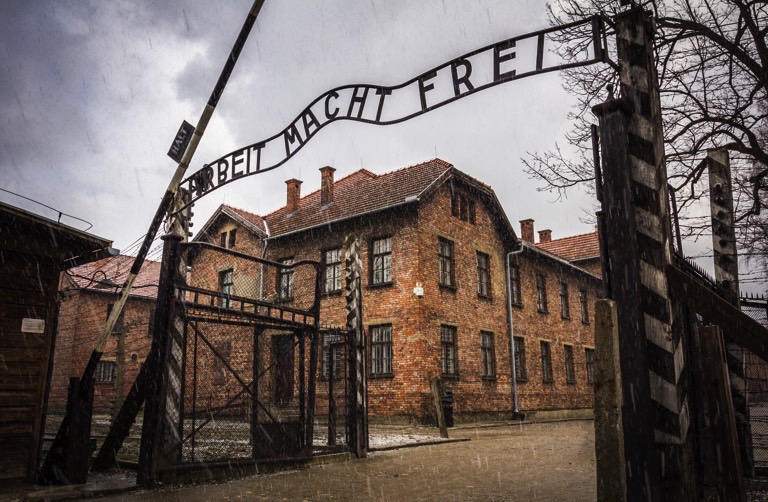
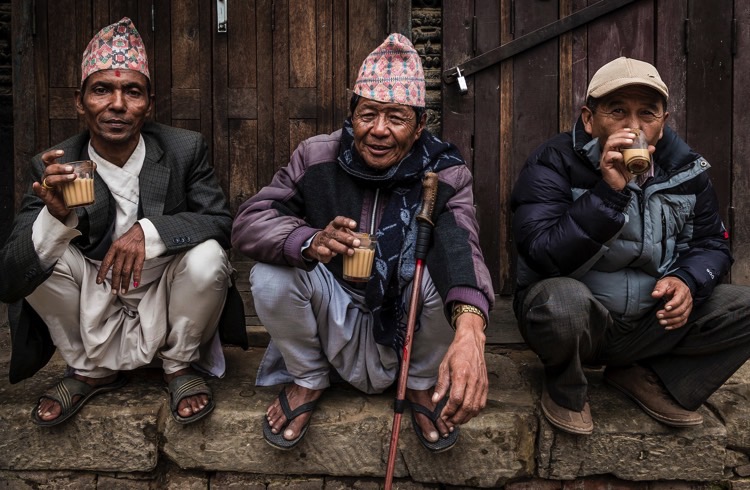
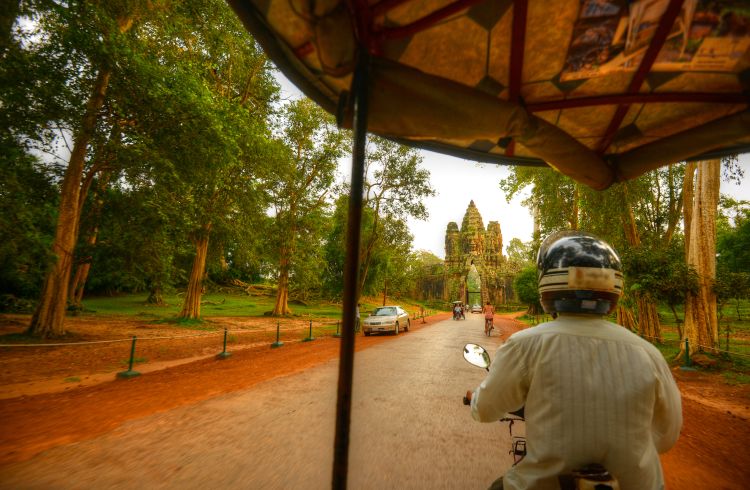
No Comments